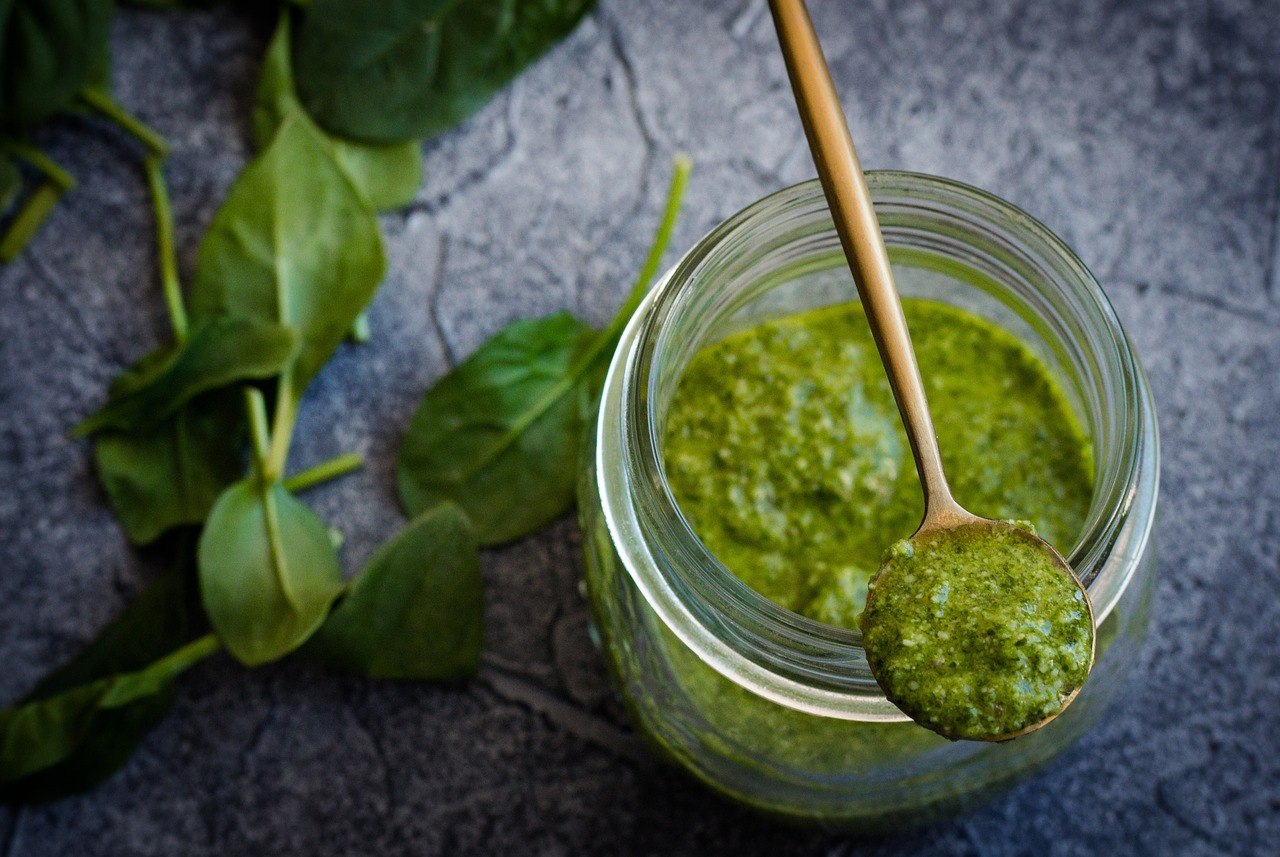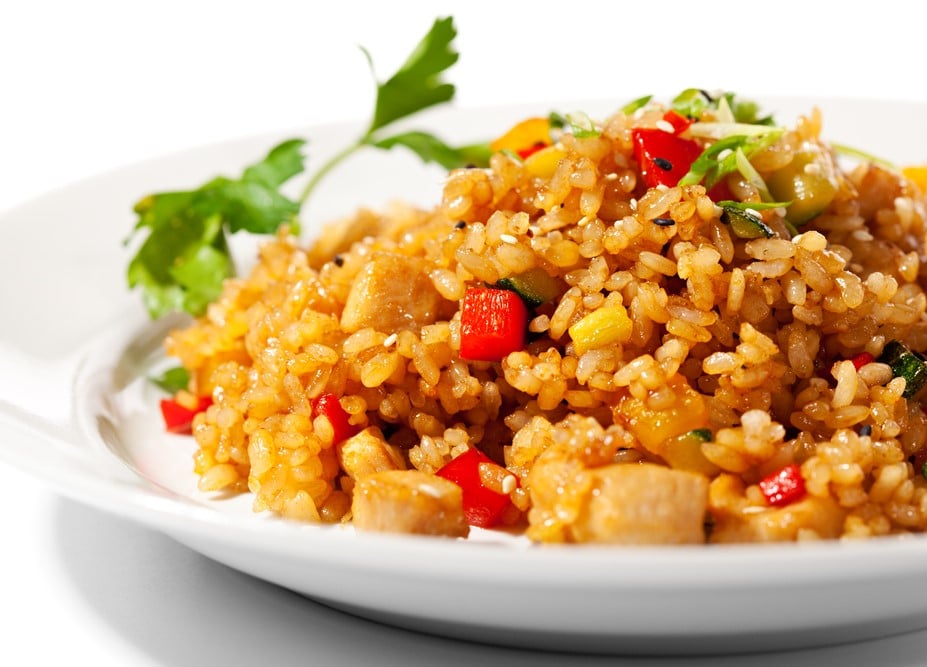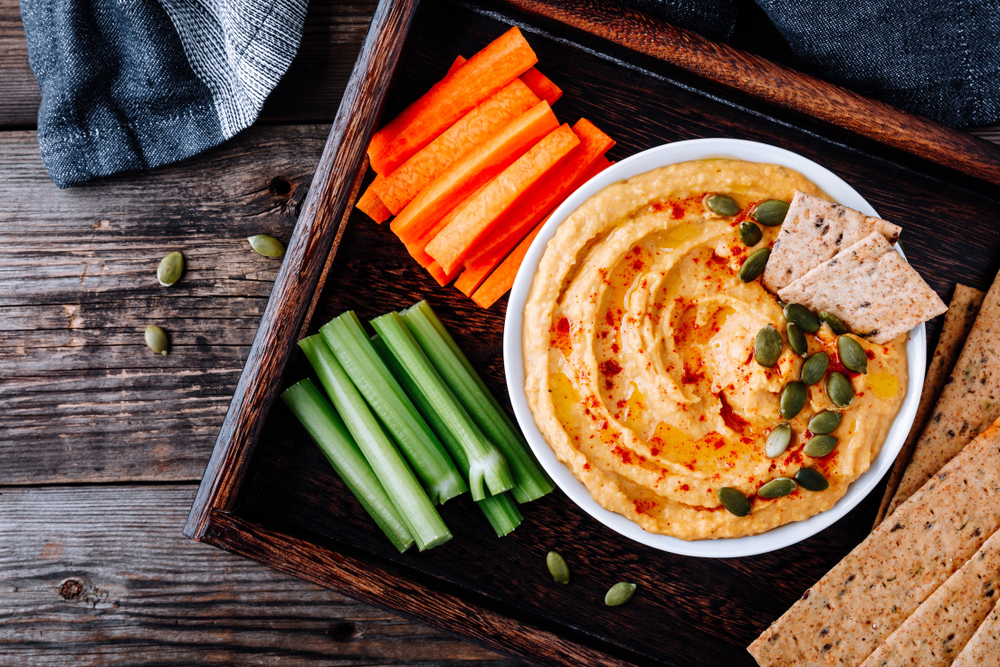Pasta is one of the most popular foods in the world, so today’s post explains how to make olive oil pasta sauce. But this isn’t just any sauce. It’s the perfect pesto for any pasta dish.
There are many ways to make a good pesto. For many people, the recipe consists of 4 basic ingredients: garlic, olive oil, pasta, and a touch of basil. We believe that pesto is much more than that, and today we’re going to prove it.
But first, what are the origins of this recipe and why does it have such a unique name?
The word “pesto” was used for the first time in Genoa, a city located in northwest Italy, in reference to the technique of “crushing in a mortar” to make a concoction. According to history books, it was preceded by “agliata” sauce, which was used by many fishermen to preserve food. Initially, it did not contain basil.
This aromatic herb was eventually added in Liguria. From there, and thanks to Italian maritime traffic, this olive oil pasta sauce recipe with its key ingredient made its way first across the country, and then around the world.
If you have ever wondered how to make olive oil pasta sauce, now is the time to learn.
Andiamo! Put on your apron and let’s get cooking.
How to make olive oil pasta sauce
Ingredients (makes 4 servings):
- 1/2 cup freshly grated Parmesan cheese (about 2 ounces)
- 2 garlic cloves
- 20 fresh basil leaves, approximately
- 12 pine nuts (or walnuts or almonds)
- 1/2 cup Italica extra virgin olive oil
- 1/4 teaspoon salt, more to taste
Instructions:
First, wash the basil leaves and peel the garlic, removing the germ so it is easier to digest.
Place the leaves in a food processor along with the garlic, pine nuts (or nuts of your choice), cheese, and a pinch of salt, and pulse on low/medium speed until a paste begins to form.
This step can also be done by hand (in honor of the sauce’s heritage), placing the ingredients in a mortar and crushing them until the desired consistency is obtained. The resulting sauce will be more rustic and textured, but just as delicious.
Next, slowly add the extra virgin olive oil, making sure the sauce is not too liquid (just enough to thoroughly coat the pasta later), but feel free to add a little more oil if you prefer a thinner consistency.
Another option is to strain the sauce through a sieve for a finer, smoother pesto. The final step is to transfer the sauce to a glass container and store it in the refrigerator until it is served. It can also be frozen for later use, without affecting its properties.
Chef’s tip
To give this olive oil pasta sauce that intense green color it is known for, without sacrificing the flavor, we recommend chilling the olive oil in the freezer for about 10 minutes and then using it cold.
This means that when making pesto, the temperature of the extra virgin olive oil should not surpass the recommended 77° F. When the sauce is cold, the chlorophyll in the basil does not oxidize.
We hope you enjoy this recipe!





